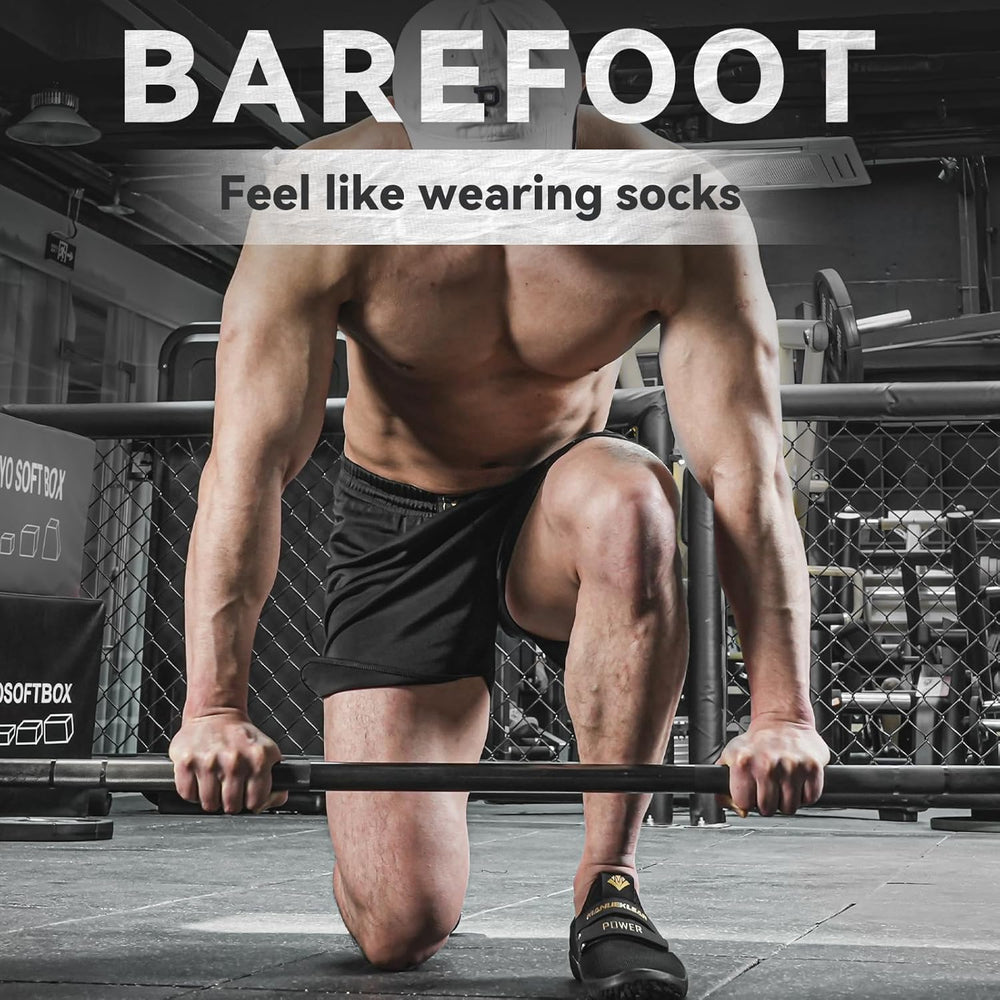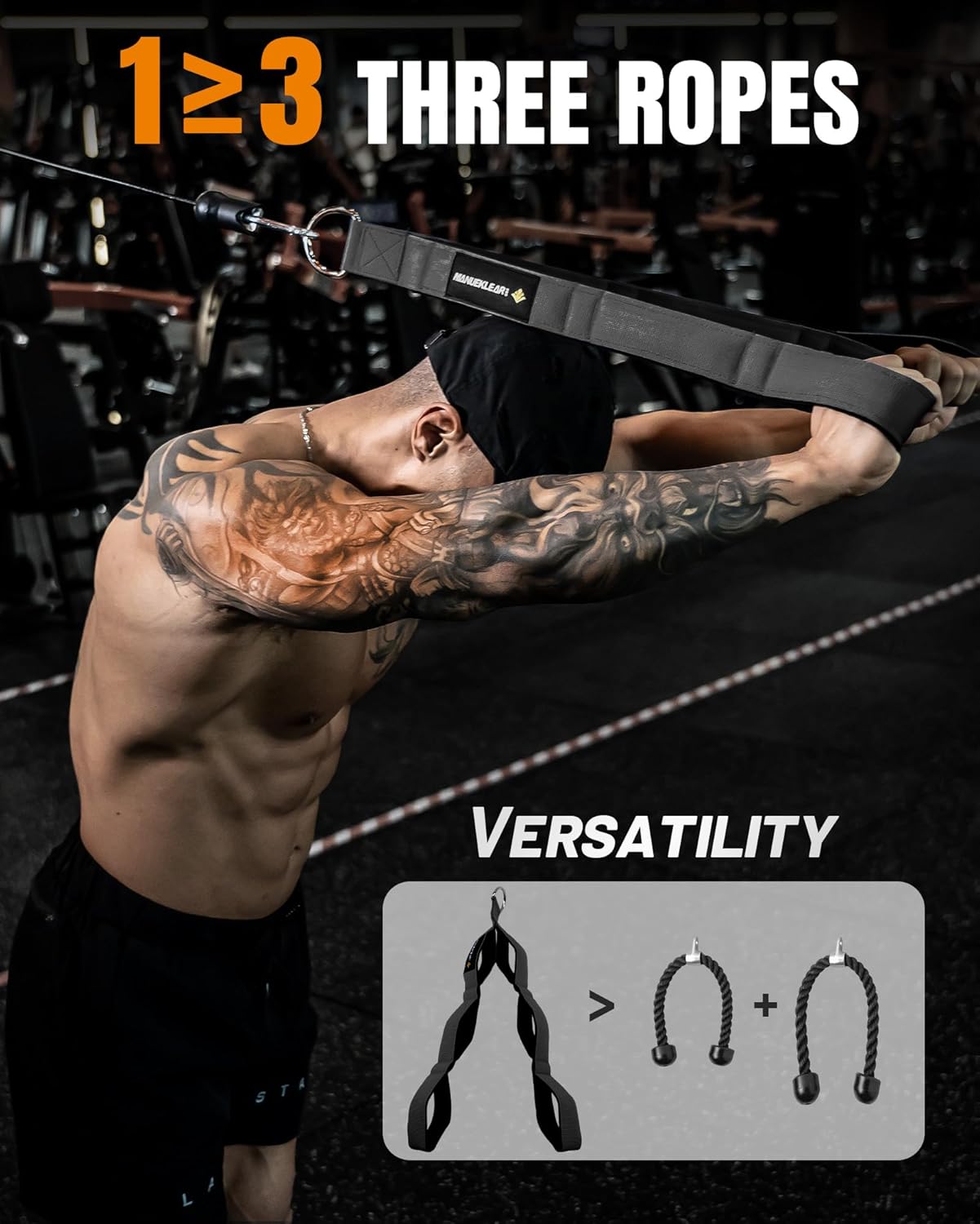Introduction
Deadlift shoes are becoming increasingly popular among lifters who want to maximize their pulling power and maintain proper technique. Unlike regular training shoes, deadlift shoes are designed specifically to keep you close to the ground, improve stability, and enhance power transfer from your feet to the bar.
Key Takeaways
Deadlift shoes provide a flat, minimal sole for better ground contact.
They enhance pulling efficiency and help improve form.
Choosing the right deadlift shoes can reduce injury risk and boost confidence.
Why Footwear Matters in Deadlifting
When it comes to deadlifting, every inch matters. Thick or cushioned soles can compromise your balance and reduce force transfer. Deadlift shoes are designed with a thin, rigid sole (sometimes as thin as 3–5 mm) to keep you as close to the ground as possible, optimizing leverage.
Improving Stability and Pulling Mechanics
A stable base is crucial for a strong pull. Deadlift shoes offer a firm, non-compressible sole that allows lifters to push through the floor effectively. The enhanced grip prevents slipping and helps maintain consistent positioning throughout the lift.

The Role of Heel Height in Deadlift Shoes
Unlike squat or Olympic lifting shoes, deadlift shoes usually have no elevated heel. A flat or slightly negative heel design helps maintain a more favorable hip position, shortening the range of motion and allowing for a stronger lockout at the top.
Deadlift Shoes vs. Barefoot and Regular Shoes
Some lifters prefer going barefoot to feel closer to the ground. While barefoot lifting can improve foot strength, it lacks the support and grip of a good deadlift shoe. Regular gym shoes, with their cushioned soles and elevated heels, can negatively impact deadlift mechanics by shifting your balance forward.
Selecting the Right Deadlift Shoes
When choosing a deadlift shoe, consider these features:
Thin, rigid sole: For optimal ground contact and minimal energy loss.
Wide, stable base: To improve balance and prevent foot rolling.
Superior grip: For secure footing on different surfaces.
Lightweight design: To allow quick foot adjustments without extra drag.

Addressing Mobility and Training Goals
For lifters with limited ankle or hip mobility, a flat shoe helps maintain a safer and more comfortable pulling position. Whether your goal is to hit a new PR or improve your form for longevity in the sport, the right footwear can make a significant difference.
Incorporating Deadlift Shoes into Training
Transitioning to deadlift shoes may feel different at first. It’s important to gradually incorporate them into your warm-ups and working sets to get used to the new foot positioning. Over time, lifters often notice increased confidence and stability during maximal attempts.
Frequently Asked Questions
Do deadlift shoes really help you lift more weight?
Yes. They provide a more stable base, which can translate to better power transfer and stronger pulls.
Are deadlift shoes only for competitive powerlifters?
No. Anyone serious about improving their deadlift technique and safety can benefit from them.
Conclusion & Call to Action
Deadlift shoes are not just a trend — they’re a functional tool to help lifters maximize performance and minimize injury risk. Whether you’re preparing for a powerlifting meet or chasing your next gym PR, investing in a quality pair of deadlift shoes can transform your pull.
Check out our Deadlift Shoes and experience the difference yourself!



